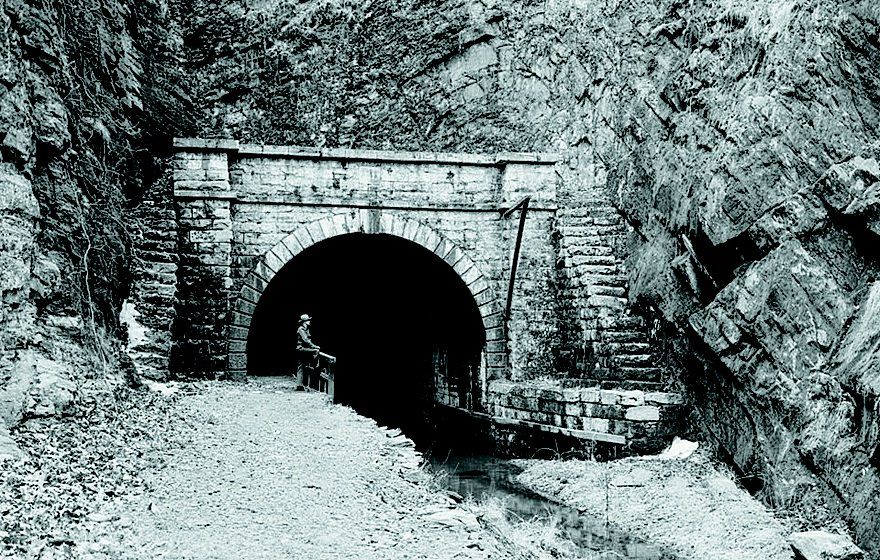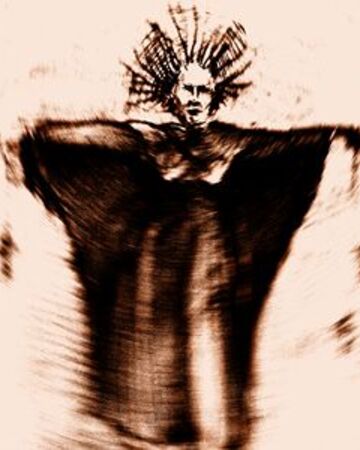Due to the troubled history of the defunct Paw Paw Tunnel, many say that it is now haunted by those who have toiled and ‘fought’ to complete the tunnel. Ethnic tension between immigrant workers from Germany, England, and Ireland led to frequent, all-out clashes both in and outside of the tunnel. This is compounded by the occasional riots that were ignited by the poor living conditions and unpaid wages.
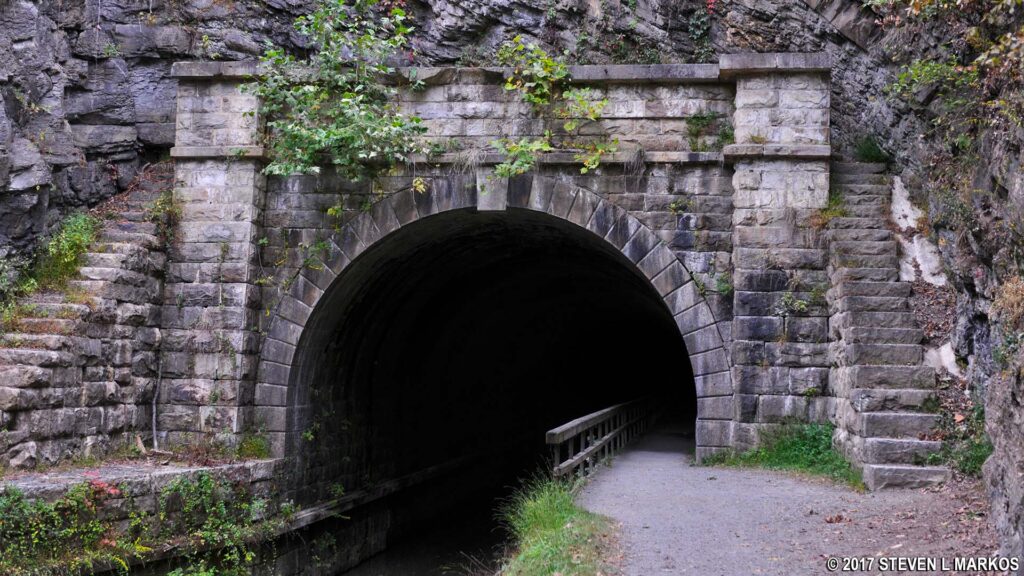
Visitors as well as paranormal investigators have both reported paranormal happening on the inside of the tunnel. Some of the ghostly activities include dark figures appearing in the tunnel as well as disembodied voices and whispers.
In particular, the headless ghost of a former lock keeper—workers hired to maintain the canal locks and regulate the water level—said to roam the tunnels, looking to avenge for his murder. The story goes that one of the lock keeper residing near Paw Paw Tunnel had a prized collection of rare coins. One night, the lock house at lock 64 2/3 was found razed to the ground by the fire. Among the ruins of the house is the charred remains of the lock-keeper with his skull crushed; his coin collection was missing. The murderer was promptly arrested when he visited one of Shantytown’s saloon and paid for his drinks with the murdered lock keeper’s coin, which was instantly recognized by the canal workers After a quick trial, the murder was found guilty and executed.
Construction of Paw Paw Tunnel
The history of Paw Paw Tunnel dates back to 1836 when the board of directors responsible for Chesapeake and Ohio Canal approved the construction of the 3,118-feet long tunnel. The tunnel was commissioned to bypass a six-mile stretch of the Potomac river that contained five cliff-lined horseshoe bends and requires one to cross over to West Virginia and Virginia before meandering back to Maryland. As it was near impossible to carve a canal into the rocky mountain that bordered the Potomac river, the decision was made to tunnel through the heart of the mountain instead.
Paw Paw Tunnel was named after paw paw, an edible fruit trees that grows on the nearby ridges
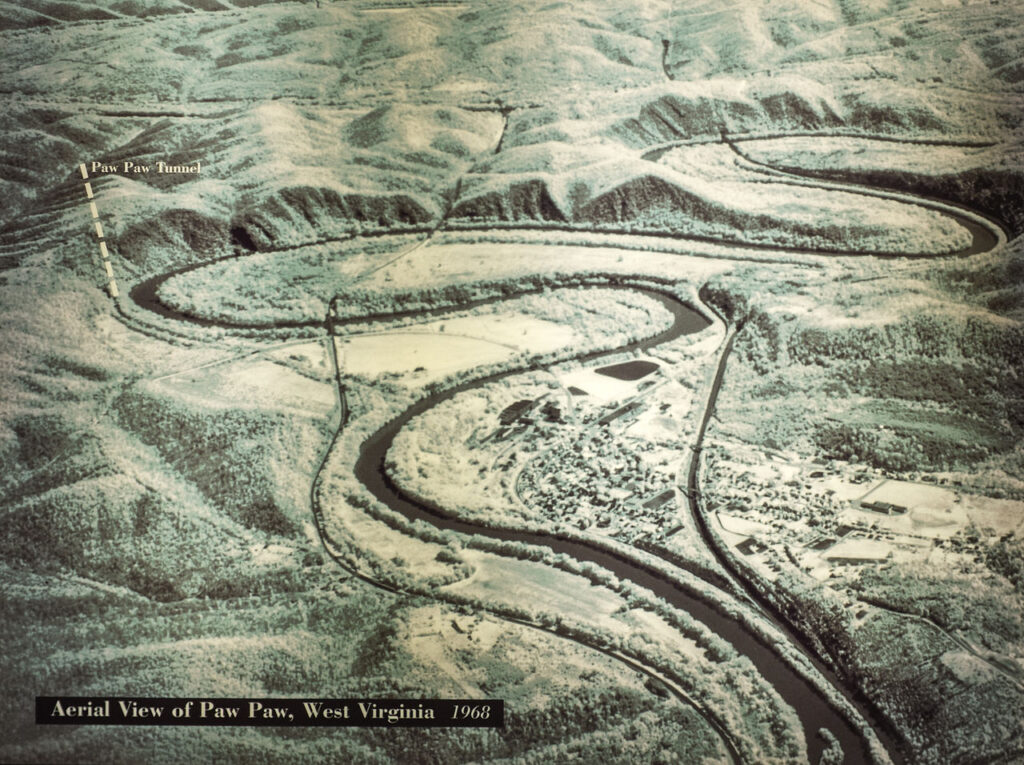
The project was scheduled to be completed in 1838 at an estimated cost of $33,500. Lee Montgomery, the contractor hired to bore the tunnel, had estimated that his crew would be able to dig seven to eight feet a day. In reality, the team was able to progress 10 to 12 feet a week. The Paw Paw Tunnel project was further plagued by a myriad of other issues including financial woes, fights among the diverse group of labourers, and a cholera pandemic.
The 3,118-foot tunnel was eventually completed in 1850 with its end point set at Cumberland, Maryland, instead of Pittsburg. The entire project reportedly took six million bricks and a cost of $616,000 to complete, nearly 18 times its initial budget.
However, problems persisted even after the completion of Paw Paw Tunnel. As the canal was built to be one lane wide, it was informally agreed among the boatmen that the loaded boat going downstream would have the right of way. Boats would be rigged with a white light at the bow and red light on the stern to gesture their direction of travel. Still, the gentlemen’s agreement was often broken, leading to frequent conflicts between rival boatman traveling in opposite directions. On several occasions, boatmen would deliberately light fires to “smoke” other boats out of the way. In 1872, a semaphore signal was installed to help control traffic.
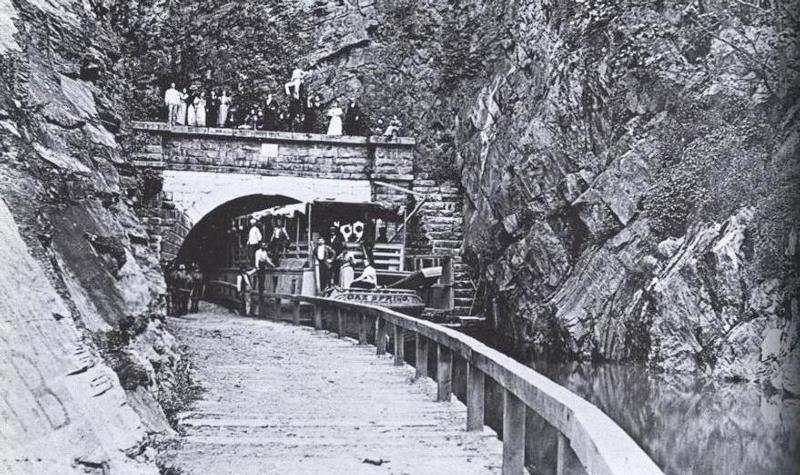
The tunnel remained in operation until 1924 when Chesapeake and Ohio Canal Company (C&O), the company responsible for the construction and operation of Paw Paw Tunnel, shut down; the canal was rendered obsolete by the operation of locomotives that ran alongside it.
Today, Paw Paw Tunnel is managed by Chesapeake and Ohio Canal National Historical Park who oversees the preservation and maintenance of the Chesapeake and Ohio Canal and the structures located within it, including the tunnel. In spite of its short length and small diameter, Paw Paw Tunnel remains an engineering feat even by today’s standards.
Hiking the Paw Paw Tunnel & Tunnel Hill Trail
Today, one can walk along the entire length of the Paw Paw Tunnel as the towpath remains intact after all these years. However, while the light at the end of the tunnel can be seen, one is advised to bring a flashlight for safety reasons. To visit Paw Paw tunnel, head to the Paw Paw Tunnel Trailhead (carpark) and hike 0.6 miles north to the tunnel’s western entrance.
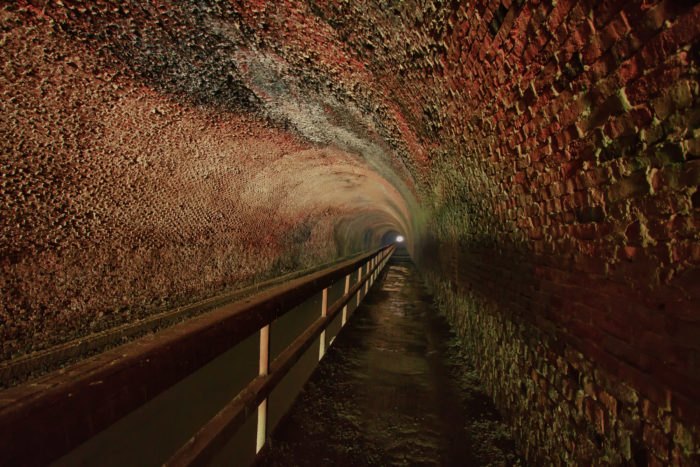
An alternative path to the Paw Paw Tunnel is the Tunnel Hill Trail, a two-mile dirt trail that takes hiker up and over the mountain that Paw Paw Tunnel cuts through. The scenic trail offers a high ground view of the Potomac River and a glimpse into the history of Paw Paw Tunnel. The forested area where the trail cuts through was once populated with makeshift tents and wooden huts belonging to tunnel builders and their families. The start of Tunnel Hill Trail is located right beside the western entrance of Paw Paw Tunnel.
However, due to restoration works as well as the COVID-19 pandemic, parts of the national park may be closed from time to time. To get the latest update on the status of Paw Paw Tunnel and the towpath, visit the Park Conditions page by National Park Service.

